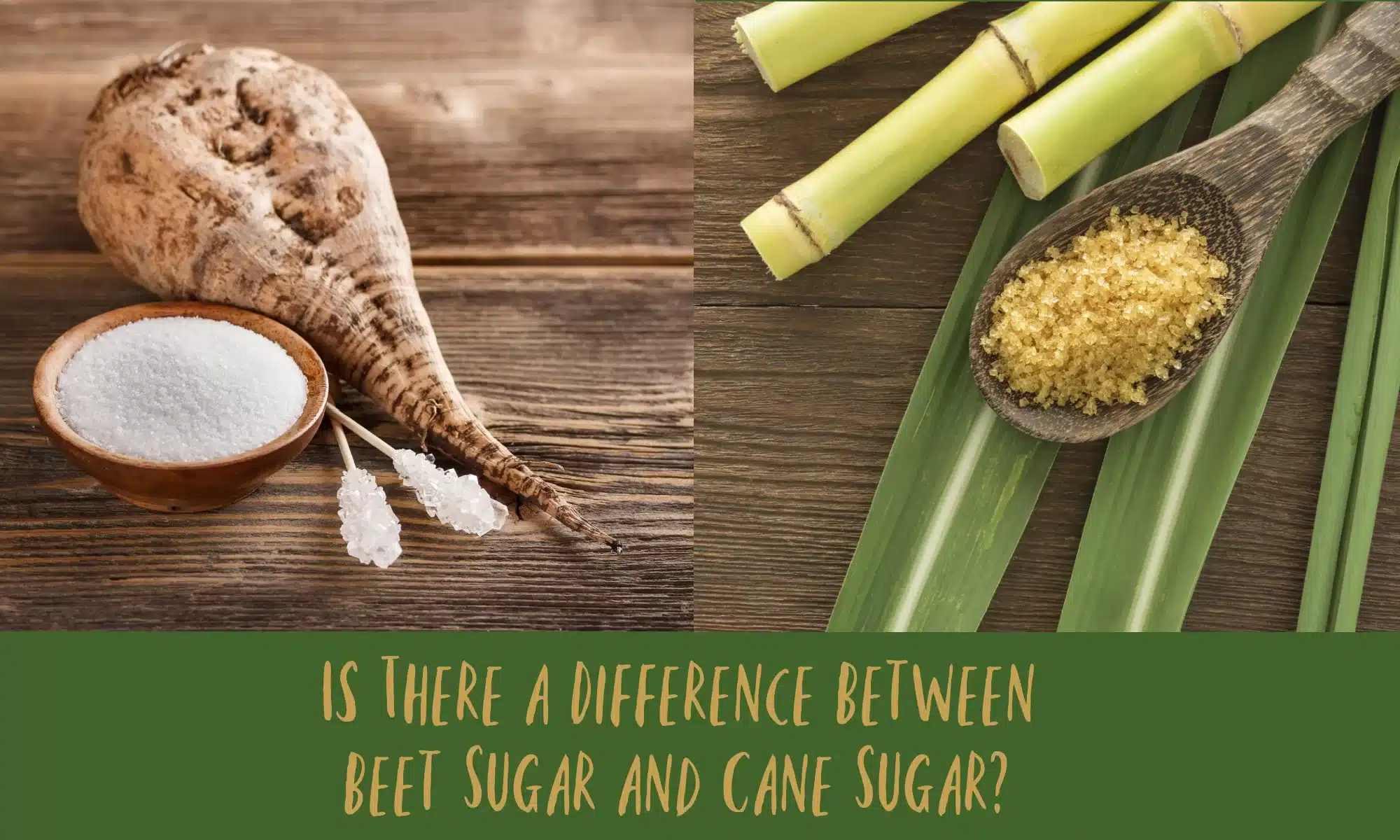Discover the Uses and Perks of Beet Sugar Vs Cane Sugar in Your Daily Diet Plan
Checking out the distinctive qualities of beet and cane sugar discloses more than just their sweetening capabilities; it highlights their one-of-a-kind effect on health and cooking arts. Beet sugar, recognized for its refined flavor, is usually preferred in delicate treats, whereas cane sugar, with its hint of molasses, includes richness to robust recipes. Each kind holds its very own nutritional profile and glycemic ramifications, welcoming a much deeper understanding of their duties in a well balanced diet regimen and lasting usage techniques.
Origin and Production Procedures of Beet and Cane Sugar

The unique environments and dirt types needed for expanding sugar beetroots and sugarcane add to distinctions in their cultivation techniques and geographical distribution, affecting the business economics and sustainability of their manufacturing. beet sugar vs cane sugar.
Nutritional Contrast Between Beet Sugar and Cane Sugar
Despite stemming from various plants, beet sugar and cane sugar are nutritionally very similar, both largely consisting of sucrose. Each offers regarding 4 calories per gram, equating to about 16 calories per teaspoon. Structurally, both sugars are composed of roughly 99.95% sucrose, with minimal quantities of various other materials like moisture and trace element, which do not considerably alter their nutritional accounts.

Inevitably, when picking between beet sugar and cane sugar based upon dietary content alone, both deal similar advantages and disadvantages as they are essentially forms of the same molecule-- sucrose, supplying quick power without other nutrients.
Impact on Wellness: Glycemic Index and Caloric Material
Checking out further right into the effects of beet sugar and cane sugar on health, it is very important to consider their glycemic index and caloric web content. Both sugars are identified as sucrose, which is composed of glucose and fructose. This structure leads them to have a similar effect on blood glucose levels. The glycemic index (GI) of both beet and cane sugar is around 65, classifying them as high-GI foods, which can create quick spikes in blood sugar degrees. site here This is an important facet for individuals handling diabetic issues or those attempting to maintain their energy degrees throughout the day.
Each kind of sugar includes around 4 calories per gram, making their caloric material matching. For official website those monitoring caloric consumption, specifically when handling weight or metabolic health and wellness conditions, understanding this equivalence is important (beet sugar vs cane sugar). However, too much intake of any kind of high-calorie, high-GI food can add to health and wellness issues such as weight problems, heart problem, and insulin resistance.
Environmental and Economic Considerations of Sugar Manufacturing
Beyond wellness impacts, the manufacturing of beet and cane sugar also increases significant environmental and economic concerns. Sugar beet growing has a tendency to require cooler climates and has a reduced geographical impact compared to sugar cane, which grows in tropical regions. However, both plants are extensive in regards to water usage and land profession, possibly leading to deforestation and water deficiency. Economically, the international sugar market is highly unstable, affected by adjustments in global profession plans and aids. Numerous countries incentivize sugar manufacturing through financial support, skewing market rates and influencing small farmers negatively.
Additionally, the use of chemicals and fertilizers in both beet and cane sugar growing can cause dirt destruction and air pollution, further affecting biodiversity and regional water bodies (beet sugar vs cane sugar). The option in between cultivating sugar beet or cane usually pivots on local ecological conditions and economic factors, making the sustainability of sugar production a complex concern
Culinary Applications and Flavor Distinctions
While the environmental and economic aspects of sugar manufacturing are indeed significant, the option between beet and cane sugar additionally influences culinary applications and taste profiles. Beet sugar, originated from the sugar beet plant, is known for its remarkably neutral taste. This makes it a functional ingredient in baking, where it does not change the official source taste of other parts. It liquifies rapidly and is ideal for usage in cakes, cookies, and breads.
Walking cane sugar, extracted from sugarcane, typically retains molasses traces, which pass on an unique splendor and deepness. This slight molasses flavor enhances the complexity of baked items, sauces, and marinates. It is particularly preferred in things where a caramel touch is desired, such as in brownies or gingerbread. The slight variation in dampness web content in between beet and cane sugar can influence the texture and consistency of dishes, making cane sugar a favored choice for specific dishes that profit from its one-of-a-kind buildings.

Final Thought
In conclusion, both beet and cane sugar have unique origins and production procedures, using similar nutritional profiles with small differences in salt material and taste. While their impact on health and wellness, especially concerning glycemic index and calories, is similar, the selection in between them frequently boils down to ecological, economic factors, and certain culinary demands. Understanding these aspects can lead customers in making informed choices that align with their wellness objectives and flavor preferences.